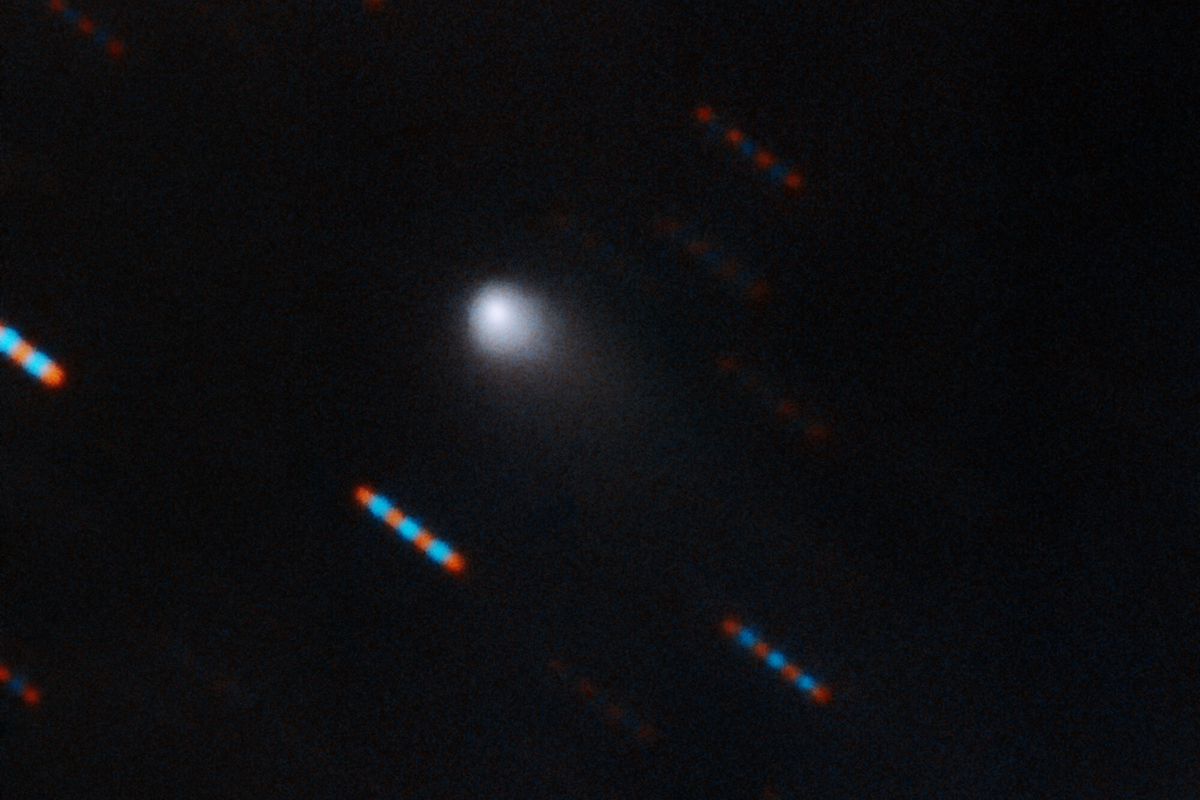An Interstellar Comet is Carrying Water? What a New Research Says

Water is everywhere on our planet: the oceans are far more widespread than dry land, and all forms of life contain water within them. But scientific discoveries show that water exists even beyond our Solar System, and the latest piece of evidence is the 2l/Borisov comet.
The Astrophysical Journal Letters is presenting new analysis of the interstellar comet 2l/Borisov, which shows that the cosmic object is outgassing water vapor. Thus, scientists are able to understand more about the comet’s core, the volatile elements and compounds it’s releasing.
“Comets have a primitive volatile composition that is thought to reflect the conditions present in their formation region in the protosolar disc. This makes studies of cometary volatiles powerful for understanding the physical and chemical processes occurring during planet formation,” the researchers wrote in their paper.
“The discovery of interstellar comet 2I/Borisov provides an opportunity to sample the volatile composition of a comet that is unambiguously from outside our own Solar System, providing constraints on the physics and chemistry of other protostellar discs.”
How much water?
Adam McKay from NASA Goddard Space Flight Center and his colleagues took spectroscopic observations of the interstellar comet to try to figure out how much water it has. Thus, they start using the high-resolution ARCES instrument mounted on the Astrophysical Research Consortium (ARC) Telescope in New Mexico.
The team observed an absorption line that was consistent with the presence of water. Based on this fact, it was discovered that the comet is sublimating around 1.13 x 1025 liters of water per second.
The team then used a model to determine that the active area which is producing water is 1.7 kilometres squared (0.65 miles squared).
The discovery isn’t actually a surprise for anyone since a scientific theory for the presence of all the tremendous amount of water from our planet claims that it was brought in by comets and asteroids along billions of years.
0 comments